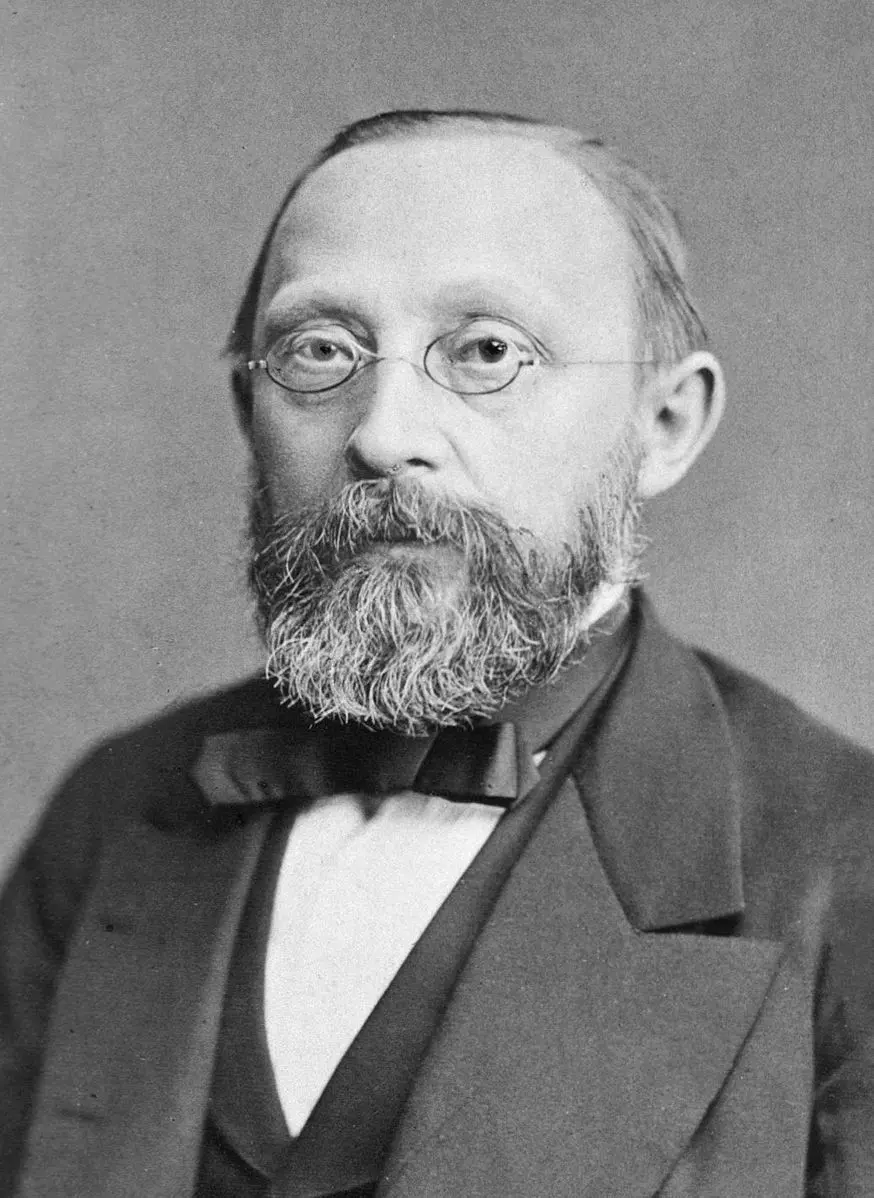Next Lesson - The Basics of Pathology
Abstract
- Pathology is a diverse field and an essential keystone within medicine. From diagnosis to discharge pathology will be behind the scenes.
- There are many branches of pathology including microbiology, histology, cytology and immunology.
- Processing a histology sample is a long process and involves the key steps of fixation, embedding, microtomy, staining and mounting.
Core
Pathology comes from the Latin words pathos (suffering) and logos (study), so literally means the study of suffering. This summarises the overall nature of pathology, defined by Webster dictionary as:
Pathology is the macabre counterpart to biology. While biology is concerned with the study of life and cellular function, pathology is concerned with disease and cellular dysfunction.
Diagnostic pathology involves studying the structural and functional changes in cells and tissues in order to arrive at a diagnosis. Ultimately all disease is a consequence of failed homeostasis, with consequent changes in cell morphology and function. Thus, the cell can be seen to be at the centre of all disease.
Modern pathology is commonly accredited as having stemmed from the works of German physician Rudolf Virchow (1821-1902). Virchow discredited the theory of the 4 humours, still widely used in the 19th century, and is the first cellular pathologist. He is responsible for encouraging German medical schools to equip their students with microscopes; he also introduced scientific terms used commonly today such as "chromatin", "agenesis", "parenchyma" and "spina bifida".
You will find yourself confronted with the works of Virchow throughout your medical journey.

Image - Rudolf Virchow, the father of modern pathology
- Medical microbiology
- This is the study of microorganisms such as bacteria, viruses, fungi, and parasites. It aims to understand their role in disease and symptom presentation.
- Chemical pathology
- This field combine clinical skills with laboratory work. Chemical pathologists use biochemical tests to diagnose disease and to manage patients.
- Haematology
- Haematology is the branch of medicine concerned with the study and treatment of diseases of the blood.
- Immunology
- This branch of pathology is concerned with the immune process of the body.
- Histopathology and cytopathology
- Histopathology is the study of the cellular changes within tissues that are caused by disease. Cytopathology is a diagnostic technique that examines sampled cells from various body sites to determine the cause or the nature of disease. An example of a practical use of cytopathology is the pap smear test used in cervical cancer screenings.
A pathologist’s role is essential in all aspects of medicine as it will provide information to decide the best path forward for patient recovery. Lesions can be biopsied before surgical intervention in order to ensure that surgery is required and to guide the nature of the surgery. Microscopic analysis can provide further insight into which drugs or other treatments will be the most suitable.
There are two methods of obtaining samples for diagnostic microscopy: histology and cytology.
Histology will involve the removal of a tissue sample to be able to assess both tissue and cell morphology.
Cytology involves taking samples of free cells separate from the structure of the tissue often obtained by fine-needle aspiration. Cytology is cheaper, faster, and less invasive than a histological sample, however also has higher rates of error. It be used before histology as a preliminary test.
Microscopic diagnosis is based on the pattern recognition skills of the pathologist, and they must recognise:
- Is the sample normal or abnormal?
- Is it inflammatory or neoplastic?
- Is it benign or malignant?
- Is it a primary tumour or a metastasis?
The Process of a Histological Report
- Fixation
- The preservation of biological tissues from decay due to autolysis or putrefaction. Usually a formaldehyde solution us used, and the process can take up to 48 hours.
- Cut-up
- The tissues are cut up and placed into a cassette and then placed in racks of formalin (a solution containing formaldehyde which fixes cells by cross-linking proteins).
- Embedding
- The samples are dehydrated using alcohol in a vacuum to dehydrate the cells. The alcohol is then replaced with xylene (which can mix with wax). The xylene is finally replaced with molten paraffin wax, which will permeate the cells to fix them.
- Blocking
- The embedded tissues are removed from their cassettes and put into metal blocks, which are then filled with more molten paraffin wax. The wax is allowed to cool and the metal tray is moved. The tissues are now embedded in blocks of wax and are hard enough to be cut.
- Microtomy
- The blocks are cut into very thin sections using a machine called a microtome. The sections are 3-4 microns thick, which is thin enough to be seen through with a light microscope.
- Staining
- Staining is usually done with two chemicals: Haematoxylin and Eosin (H&E staining). Haematoxylin stains nuclei purple and eosin stains the cytoplasm and connective tissues pink.
- Mounting
- A mountain medium is applied to the slide, followed by the sample and then a coverslip. The mounting medium will dry and harden, preserving the tissue and firmly attaching the coverslip.
- Microscopy
- The slides are ready to be analysed by a clinician
- Report writing
- Reports will follow a format of: Clinical history, macroscopic appearance, microscopic appearance, and conclusion.
In the case of an urgently required diagnosis frozen sections can be used. Here, a cryostat will be used to rapidly freeze a section and skip the embedding process. From receiving a specimen to giving a result it takes roughly 10 minutes.
Edited by: Bethany Turner
Reviewed by: Dr. Marcus Judge
- 16508

